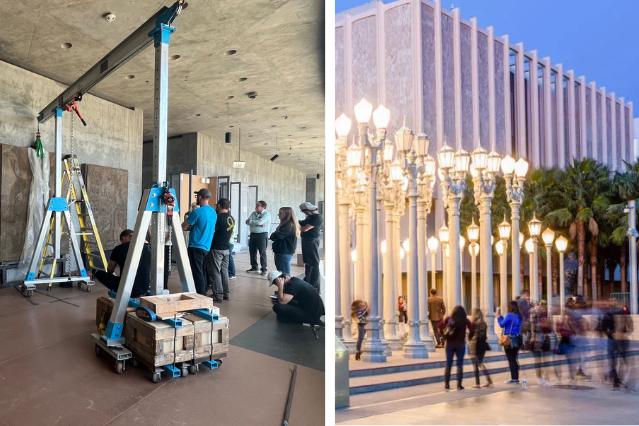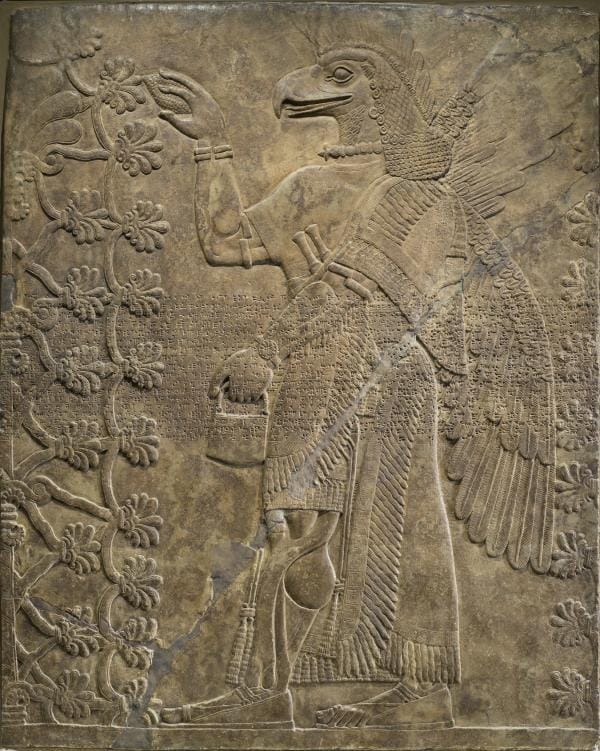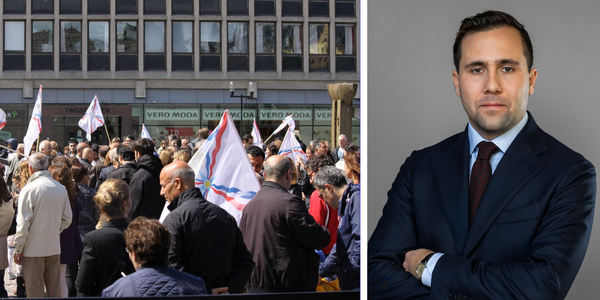Assyrian reliefs coming to Los Angeles Museum
Three monumental Assyrian reliefs will be on display at the Los Angeles County Museum of Art in 2026.

The Los Angeles County Museum of Art (LACMA) is preparing to unveil three monumental Assyrian reliefs as part of its new David Geffen Galleries, scheduled to open publicly in 2026. The reliefs – among the first to be installed – date from the first half of the first millennium BCE and depict human-headed winged bulls and a recumbent lioness, evoking the grandeur of ancient Assyria.
Originally discovered at Nimrud (ancient Kalhu) in northern Iraq's Assyrian region, the reliefs were removed in the mid-19th century by excavators from the site. Among them, some panels were transported through a long and arduous route – by raft down the Tigris to Basra, then by steamship to India, onward around Africa to London, and eventually acquired by Anna Bing Arnold for LACMA.
Because of their massive size and weight (some weighing over two tons), the reliefs required specialized packaging, forklifts, and gantry systems during installation. Museum staff used full-scale photographic mockups to determine the correct positioning before lifting each panel into place, the LACMA writes.

The reliefs embody the artistic and imperial reach of the Assyrian Empire – when the realm extended from the eastern Mediterranean into western Iran, with its core in today’s northern Iraq. The Nimrud slabs were carved into place along palace walls, originally painted in striking colors: black, white, red, and blue.
Once displayed, these sculptures will offer Los Angeles visitors a tangible connection to Assyria’s ancient civilization – its power, artistic sophistication, and the legacy of its kings and mythology.




